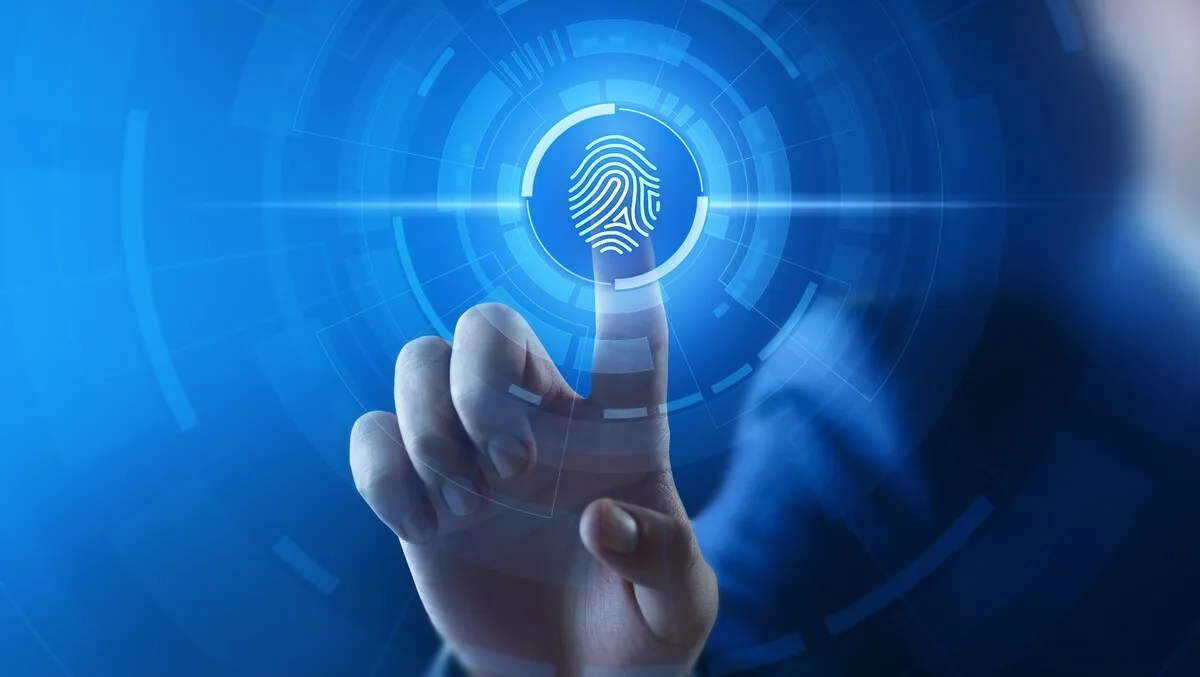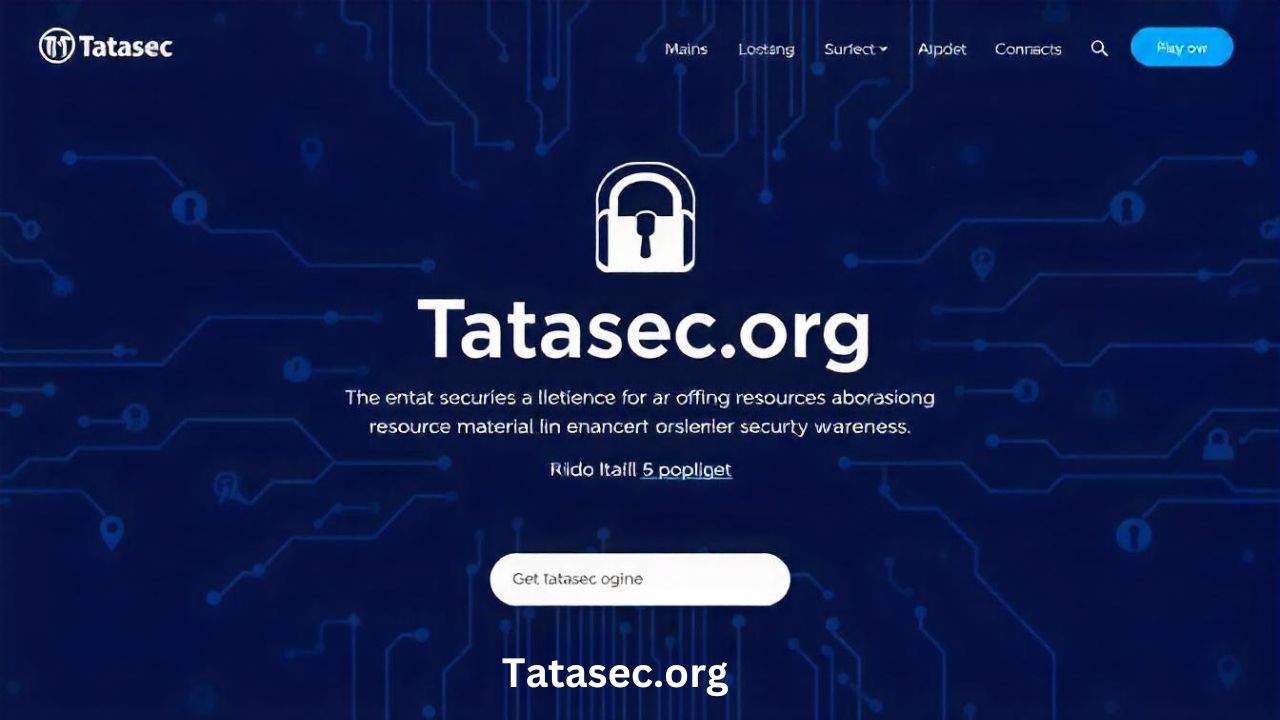IAM solutions help protect against unauthorized access to confidential information and prevent data breaches. These security tools can also help ensure compliance with industry regulations.
IAM systems authenticate users by confirming their identities, utilizing multifactor and adaptive authentication. They can also implement a single sign-on solution so that users only need to log on to one portal to secure access to all the required systems.
DevOps
Implementing IAM solutions that automate provisioning and de-provisioning can help your development teams operate more quickly when they adhere to DevOps. It makes it possible for them to incorporate security testing into their deployment procedures without endangering the functionality of their live systems. Additionally, it lowers their risk of data breaches and increases productivity. How IAM increases security?
IAM solutions ensure users have the correct permissions to access your internal systems, which helps you keep them secure. It can defend you against internal and external dangers, including insider attacks. Employees are often the source of hacking issues; thus, having the appropriate IAM technologies is essential to preventing them.
To create a strong IAM strategy, you must first define how individuals will be identified within your company network. It can be done by employee number, name, or other criteria. Once you have an identity management system, it’s time to sort your staff into different roles that dictate their access privileges. Applying the principle of least privilege is essential when doing this, as it reduces your organization’s vulnerability and decreases the likelihood of a data breach.
It’s also essential to have an IAM solution that enables you to monitor and track each user’s activity across your systems and devices. It is a critical component of IAM, and several options are available, such as Secure Web Authentication and passwordless access.
Artificial Intelligence
Getting anything done in a modern workplace is possible by accessing the correct accounts and permissions. Employees work on Windows accounts, email, cloud services, and accounts in third-party applications. Unfortunately, cyber-attacks are becoming increasingly sophisticated, and insider threats such as accidental data leaks are a real threat. IAM solutions help companies manage these issues by centralizing all user and permission information in one location for monitoring.
IAM technology can also automate and prioritize security updates, saving IT teams time and minimizing vulnerability exposure. AI-based systems can even take a proactive approach to security by recognizing patterns of unauthorized activity and alerting the cybersecurity team to possible incidents. It helps to reduce the time it takes for IT teams to respond to threats and can prevent unauthorized users from getting into the network in the first place.
As with any new security tools, a successful IAM implementation requires careful planning. Be sure to align your IAM strategy with overall IT and business goals to guarantee the greatest return on investment. Also, implement the tool incrementally to ensure your ability to scale going forward and avoid creating security gaps due to a rushed deployment. IAM practices should also be constantly reviewed throughout and after the implementation process to ensure they continue supporting your organization’s evolving security needs.
Machine Learning IAM
IAM is a set of processes that enables organizations to manage identities and access permissions for all IT resources centrally. It includes implementing multifactor authentication, creating policies, automating provisioning and de-provisioning, enabling Single Sign-On (SSO), and monitoring and auditing activity. IAM solutions are crucial for addressing cybersecurity threats like malware, phishing, and data breaches. These solutions ensure that only authorized users can access sensitive information or systems.
As a security technology, machine learning can help with user authentication by improving and strengthening security measures. It can identify patterns of behavior that might indicate a breach or compromise. It can also enhance other features of the IAM system, such as continuous and adaptive authentication and anomaly detection.
IT teams need help to keep up with evolving cybersecurity threats. However, machine learning can streamline these efforts by reducing the time and energy required to perform tasks such as distributing security updates, completing penetration tests, and monitoring devices. It gives IT professionals more time to focus on other critical security issues. It can also help with more advanced security functions like malware classification.
Two-Factor Authentication
As cyber-attacks become more commonplace, businesses seek ways to enhance their security. One way is two-factor authentication (2FA) or multifactor authentication (MFA). This technology requires users to provide more than just a password to access their accounts and networks. Users typically download an authenticator app, such as Google or Microsoft Authenticator, to their trusted device and enter a code to log in.
The additional step makes it far more difficult for hackers to access users’ accounts without authorization. In addition, it enables businesses to adhere to the standards set by industry regulations such as the Payment Card Industry Data Security Standard (PCI DSS), the Health Insurance Portability and Accountability Act of 1996 (HIPAA), and the General Data Protection Regulation (GDPR), thus promoting a culture of compliance and security within the organization.
2FA also benefits a lot of clients. It reduces the chance of account hacking and provides peace of mind. Moreover, it allows employees to work remotely and securely without risking the company’s sensitive information.
Password resets are among the top reasons for helpdesk calls, and hackers often take advantage of these situations to steal user accounts and data. This type of account takeover fraud takes an average of 16 hours to resolve, but 2FA helps prevent such attacks. In addition to improving account security, 2FA can also help reduce IT costs by lowering the number of password resets and other types of support calls.









